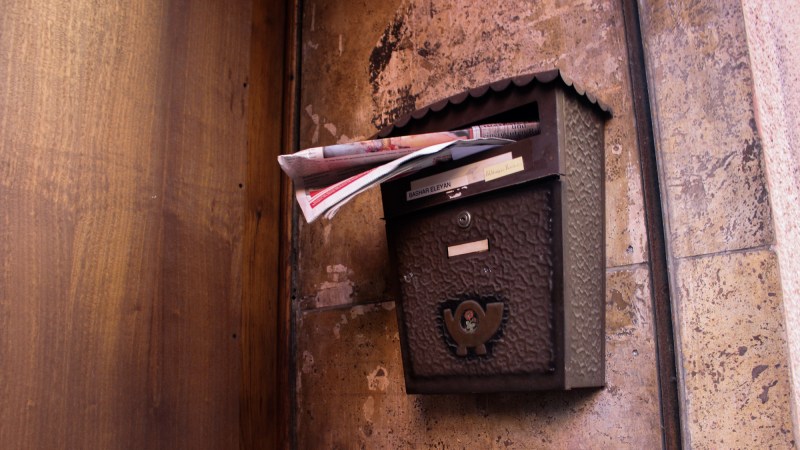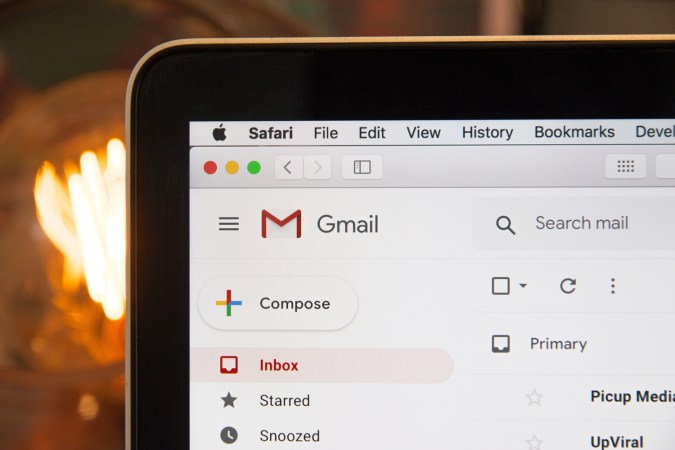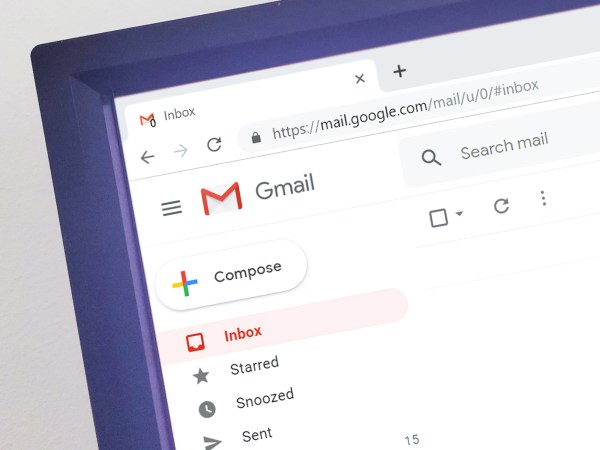

Say what you want about email, but it has done a lot for us over the last 50 years or so—and there’s still room to grow.
With the right tools, services, and apps, you can get the most out of your inbox and extend its usefulness beyond those nagging messages from your boss or the annoying updates from your local gym.
1. Get Google Calendar warnings
It’s all too easy to forget birthdays, meetings, anniversaries, and dental appointments you put in your calendar months ago. So why not set up email reminders? In Google Calendar on mobile, tap an event, then the Edit icon (the pen on the top right), and choose Add notification. You can set up an email reminder one day to one week in advance, so you’ll have time to buy a present or plan accordingly.
Apple Calendar also supports event alerts, but it does so through prompts on your devices rather than email.
2. See changes on Wikipedia
If there are pages on Wikipedia that you’re particularly interested in, then you can sign up to get emails whenever those pages change. Register for a free account and add pages to your watchlist by clicking the Star icon up by the search box in the top-right corner. Then turn on notifications of changes, which you can do from your Preferences page—scroll down to the Email options heading, check the box labeled Email me when a page or a file on my watchlist is changed, and click Save.
3. Preview your mail
The US Postal Service can send you an email with a preview of your daily mail upon request. The service is called Informed Delivery, and after you sign up for it, you’ll get grayscale scans of the front of your incoming letters, giving you an early heads-up of what’s arriving to your mailbox and when.
The same system enables you to manage package deliveries as well. You won’t get scans of your boxes, but you can use Informed Delivery to check when items are arriving and reschedule delivery if needed.
4. Bring Google to you
If there’s something you search Google for every day—your name, your town, your favorite sports team, an upcoming smartphone—use the power of email to bring the Google results to you and save yourself some time.
Head to Google Alerts, sign in with a Google account, and enter any search term you like to get email updates about—it can be a simple word or an advanced search term combo. You can go back to the platform and check on your subscriptions whenever you want to refine your search, or change how often you want to receive updates.
5. Track Amazon price drops

Rather than spending hours scouring the Amazon website for the latest price drops, you can have them delivered directly to your inbox courtesy of CamelCamelCamel, a free-to-use price analysis service.
Create an account, point CamelCamelCamel toward the products you want to track, and you’ll start getting email updates in your inbox. You can sign up for different types of alerts and track whether the price goes below a certain level, or when there’s any drop at all. You can also log into your account and change your list of products at any time.
6. Everything you’re missing on social media
If you’re looking to wean yourself off excessive social media use, Facebook and Twitter can email you edited highlights of what your friends are up to and save you from scrolling through the apps all day.
Head over to the notification options for Twitter or Facebook on the web to set your preferences. You can get email updates for posts you’re mentioned in, summaries of recent activity, comments left on your posts, updates from particular people that you’re interested in, and private messages sent directly to you, for example.
7. Get smart home updates
Keep in touch with your smart home by signing up for email updates from your installed gadgets. You can get information on whether your devices are working well, get a breakdown of how much energy you’re saving with a smart thermostat, or how many events your security camera has captured, among others.
How this works depends on your smart home kit, but with most devices you’re able to sign up for a daily report on their website. In the case of Nest from Google, for example, you can head over to the settings screen on the web and sign up for a Nest Home Report.
8. See NASA’s image of the day
IFTTT (If This Then That) is a fantastic way of linking services and apps together using applets to identify a trigger and then perform an action as a result. NASA images and email are one example.
Once you’ve signed up for free, click Create to build a new applet, then choose Space and Image of the day by NASA. Set your applet by clicking Email and Send me an email as the resulting action. Finally, click Create action to confirm. You can manage your applets from the IFTTT website, where you can enable and disable them as needed.
9. Get stories you’re interested in directly in your inbox
Here’s another IFTTT routine we really like—email updates of news stories from outlets such as The New York Times, TechCrunch, NPR, or FoxNews. Depending on the applet, you could get emails at the end of the day with NPR’s top headlines, or whenever TechCrunch publishes anything regarding a company of your interest.
In the case of The New York Times, for the trigger part of your applet you need to choose The New York Times and then New article from search, before defining your search term—the topic you’re interested in or whatever you want updates on. Next, pick Email and Send me an email as the resulting action of the applet, and then click Create action to confirm.
10. Check the weather forecast
You can always check the weather on your phone, but getting an email every morning telling you what to expect for the day ahead can also be useful. Numerous weather forecasting services offer an email service free of charge, including AccuWeather and The Weather Network, but you can also set one up via the IFTTT: Just choose Weather Underground and Today’s weather report as your trigger, then Email as the action.















